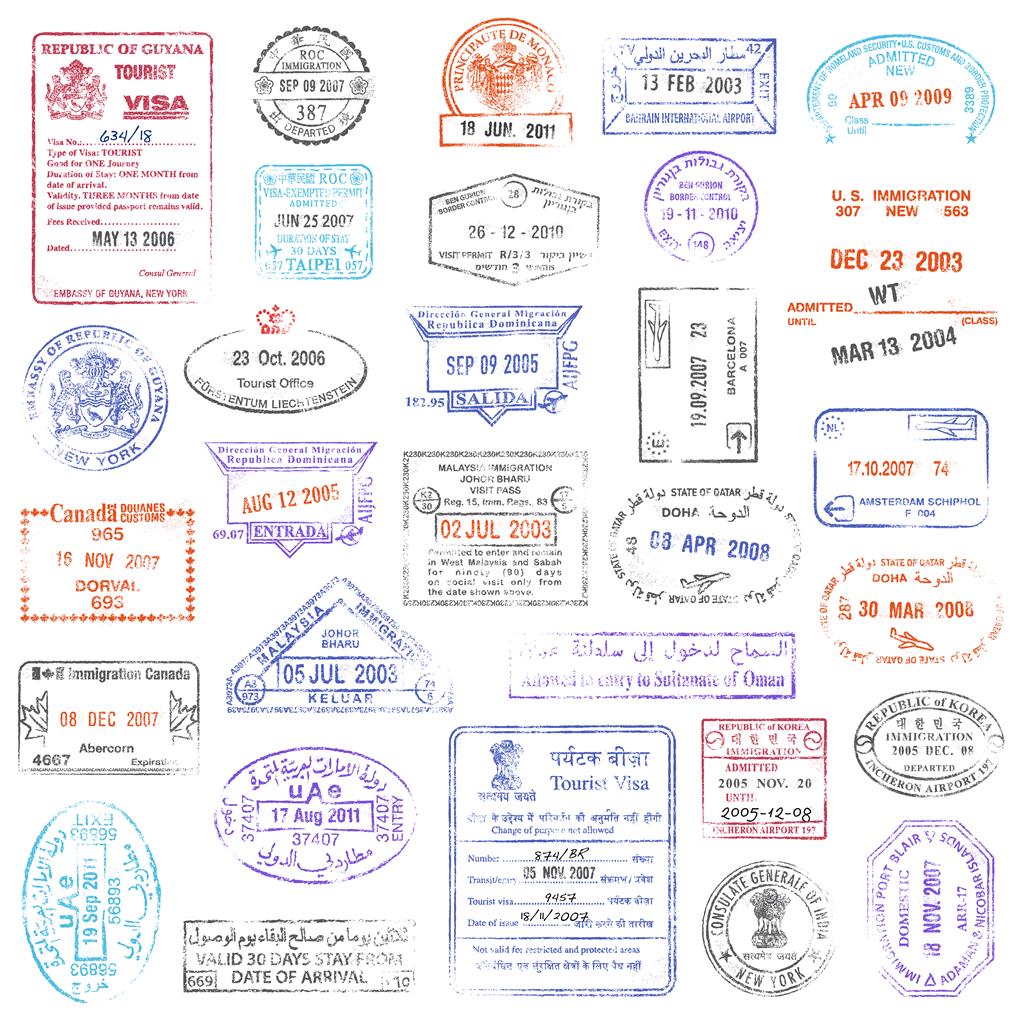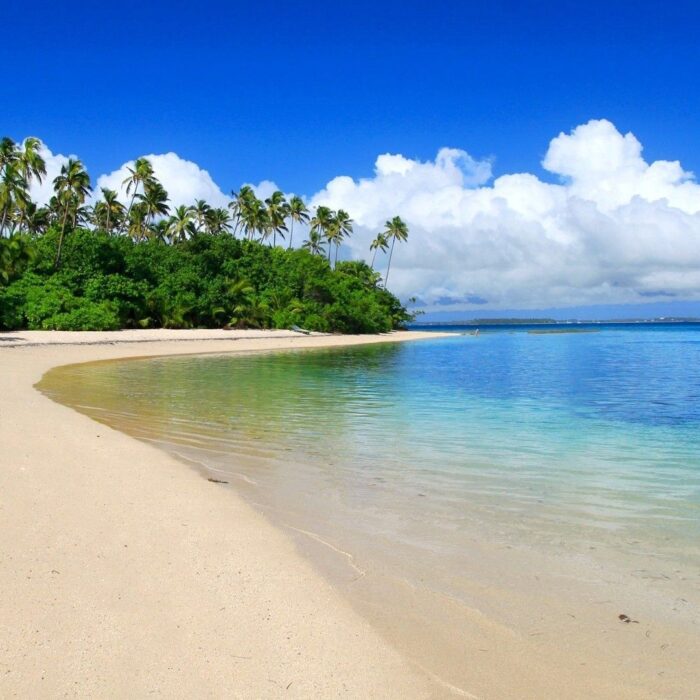Crossing country borders by car
To get from one country to another it is usually necessary to cross checkpoints or international automobile checkpoints. There are separate lines for inspections of trucks and cars at all big road checkpoints. Therefore if you see a “tail” of cargo trucks, you should pass by and get in line behind the nearest passenger car.
Next you have to choose between a green and a red corridor. The difference between the two corridors are as follows: all that is subject for declaration, requires special permission, or has items that are prohibited for import/export (large amounts of cash, plants and animals, weapons, goods which are subject for taxation, etc.) are sent through the red corridor. The rest of the cars cross borders along the green corridor. But since this division is conditional, customs officers have the right to send any car to the red corridor because a vehicle is also subject for declaring. If a person does get into the green corridor, he also might be asked to fill out a customs declaration, in spite of the fact that there is nothing to declare.
At certain automobile checkpoints, citizens have priority over other automobile travelers, so you can go around cars with foreign numbers. But this is an unspoken rule, so it is impossible to require a mandatory pass. Sometimes there are separate lanes for citizens.

If there are passengers traveling in a car, then they have to show their documents after their driver. Usually everyone will have to exit the car and go to a checkpoint window. It is necessary to be prepared to open the trunk or tell what things are in the car, which is standard procedure. After customs officers give out documents to the last passenger, you can assume that the first checkpoint was passed.
Then begins a neutral buffer zone territory, an area of “no man’s” submission, where you can visit a retail duty-free shop. As a rule, goods in duty-free shops are much cheaper than inside a country.
Right after a duty-free shop there will be an another customs post in your destination country. Further traffic flow is divided into buses, cars and lorries. Each type of car follows only its own lane and stops before a traffic light. In rush hours some lanes might be open for all vehicles. Traffic lights usually allow 5 to 10 cars, and it’s useless to move on a prohibiting signal, as your car will be sent back.
After passing a traffic light a driver should approach the customs point, stop the car and muffle the engine. Drivers and passengers should exit the car and show all documents (ID, visa, driver’s license, car documents, green insurance card, medical insurance) and cash to a passport control officer. Be prepared to answer simple questions about the purpose of your trip and the length of your stay in the country, or even show hotel reservation or invitations. Sometimes an automobile tourist is asked to prove financial solvency and show cash (but this now happens less often because almost everyone has credit cards). If an officer has no further questions, he returns all documents and you can get back into the car.
Now you are in another country. Follow the rules of the road adopted in a particular state.
If you need to re-enter your home country, then the reverse process looks pretty much the same. Always remember about your car insurance and its length of validity, since your home authorities might give a fine for an outdated insurance policy, even if the latter will be overdue for only a few hours. So if you drive to a border and understand that you do not have time to pass it before an insurance period expires, it’s better to go straight to a border guard and explain your situation. If you purchased anything abroad tax-free and have an invoice, do not forget to get a stamp at a customs office or at a tax-free issue point if it is available at a border.

Remember that the number of barriers, traffic lights, and documents vary depending on the country and even different border posts of the same country.
Thank you for reading, and don’t forget to obtain an international driving license when you are going to cross borders by car. Our IDL will help you do this confidently wherever you are.






